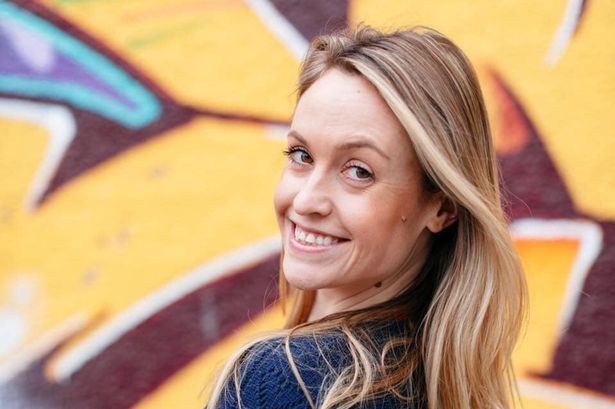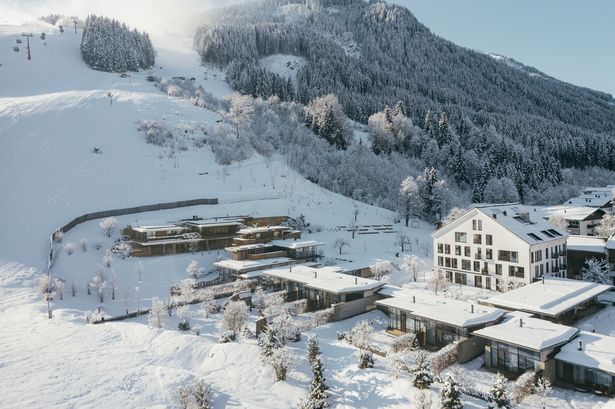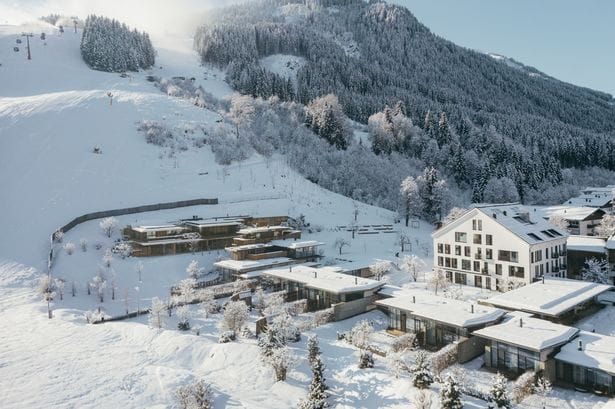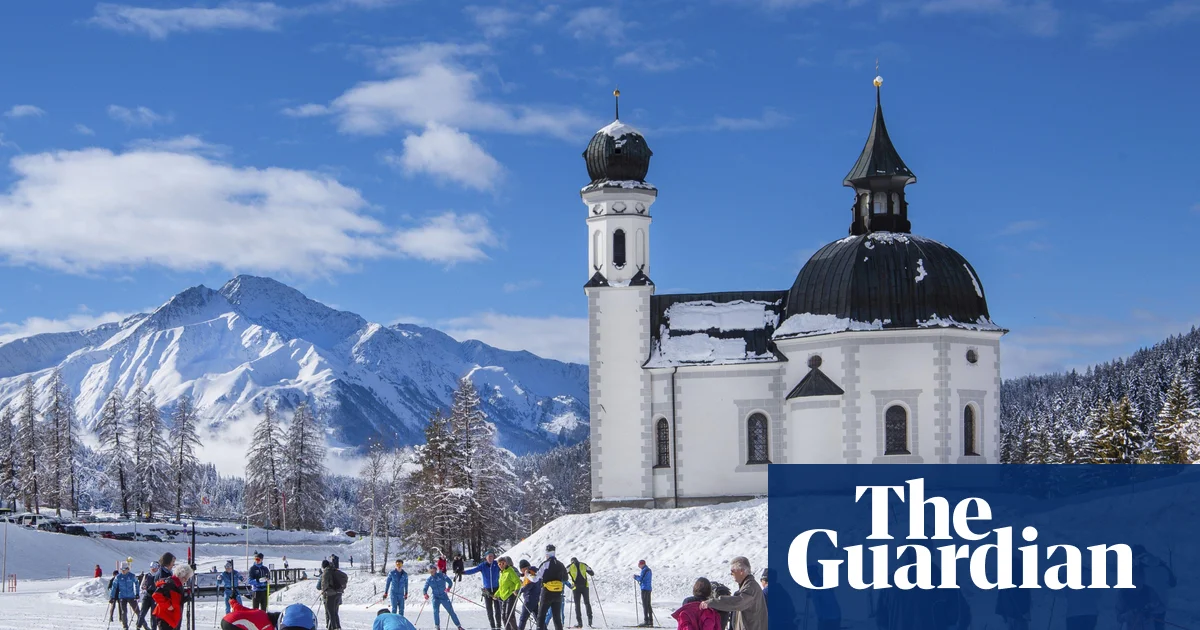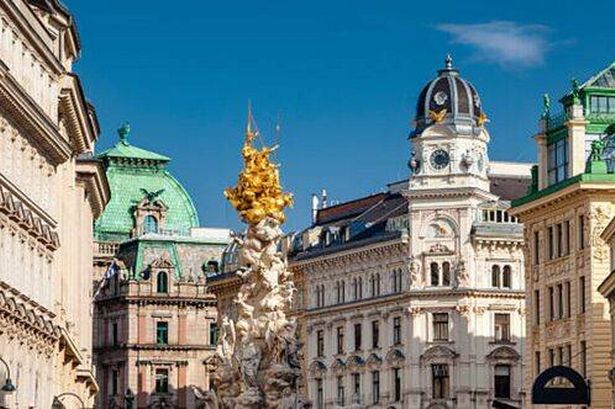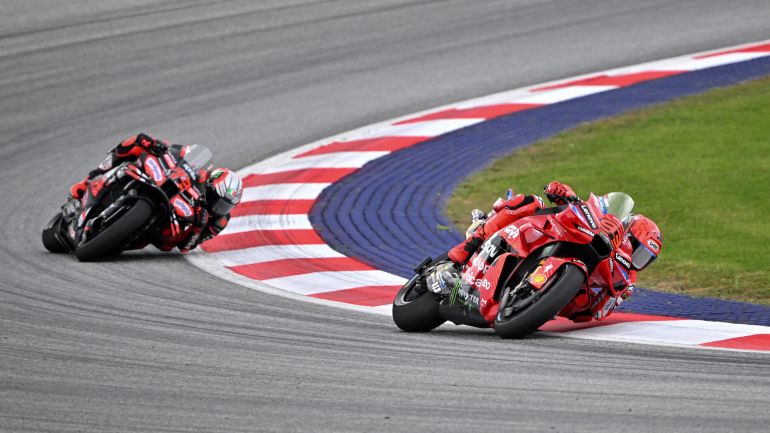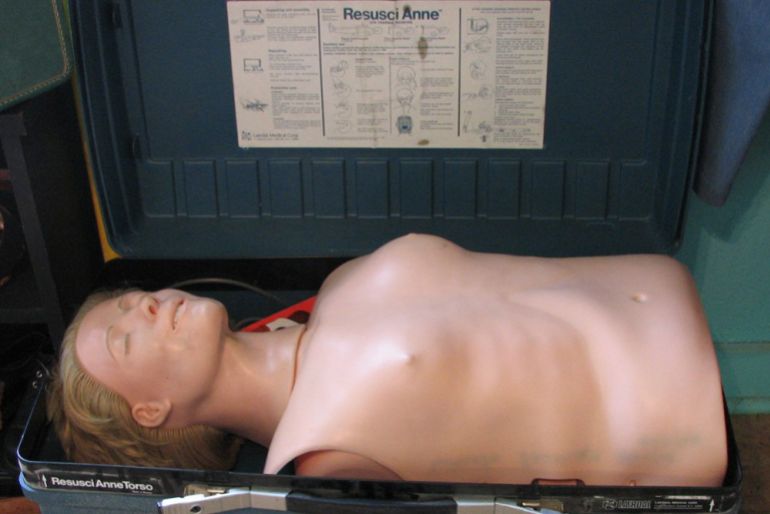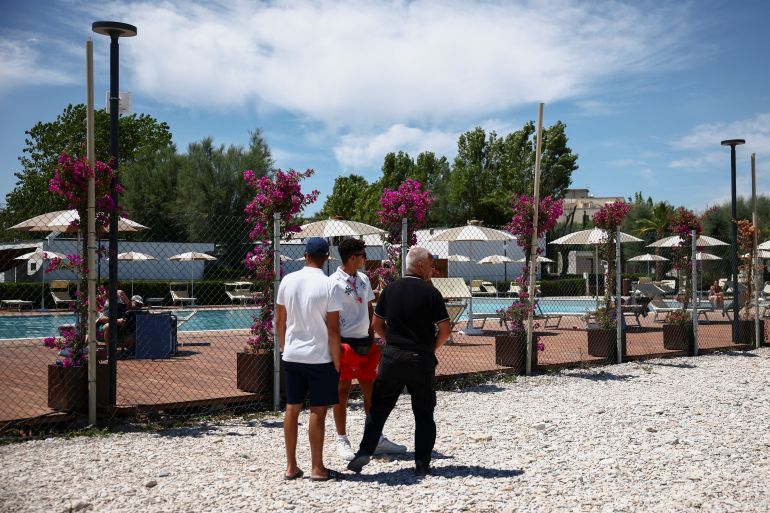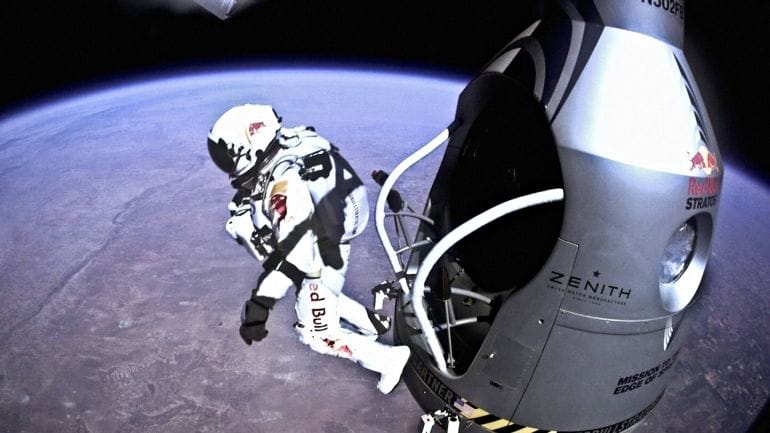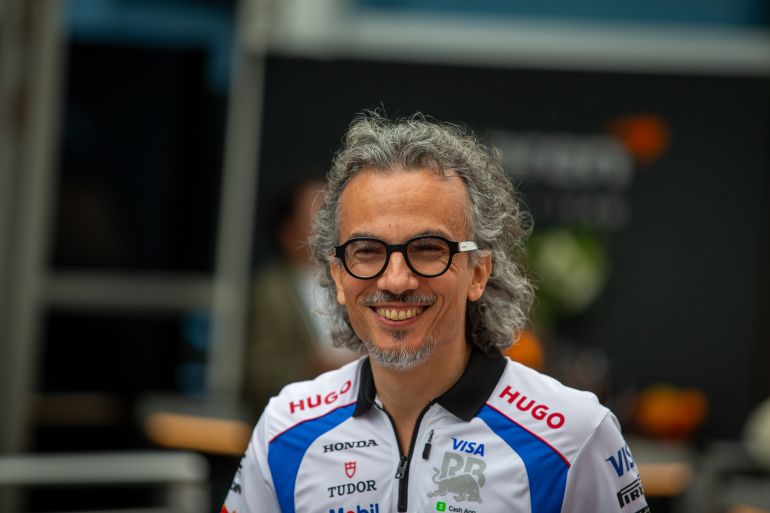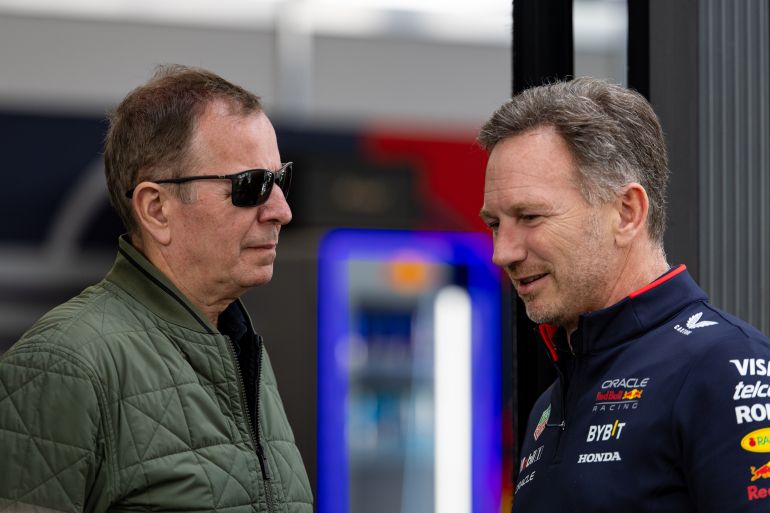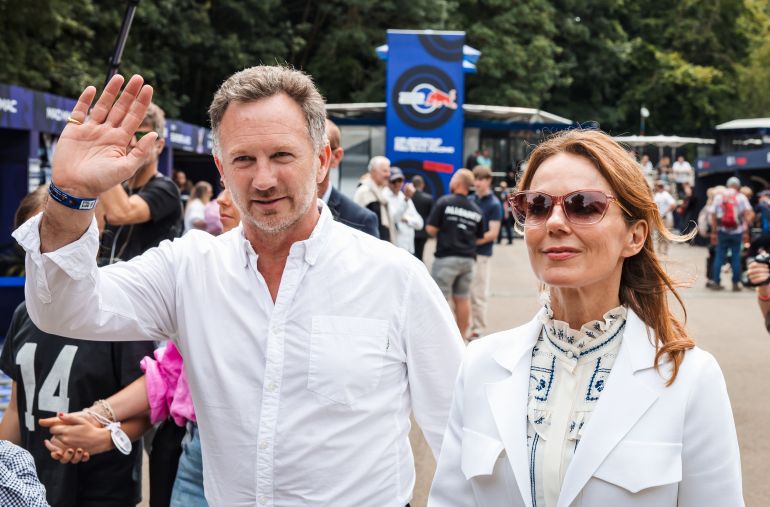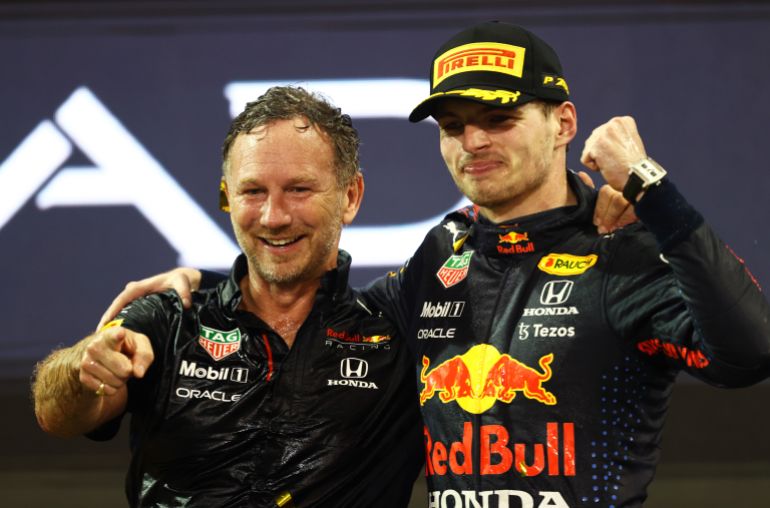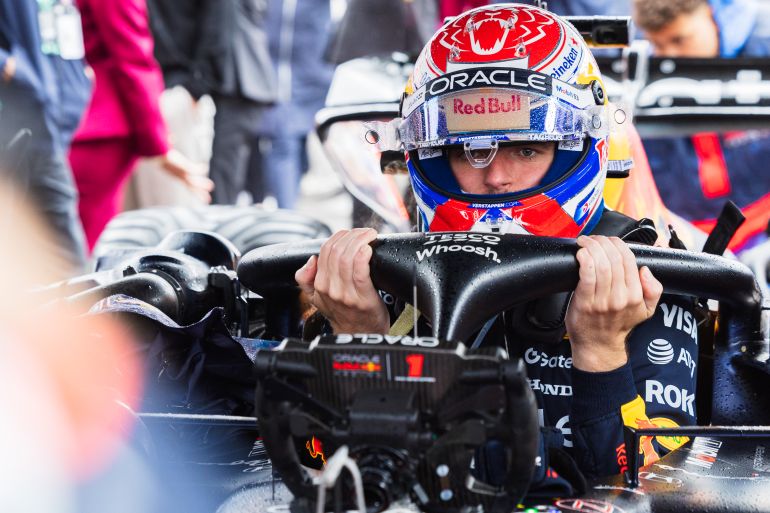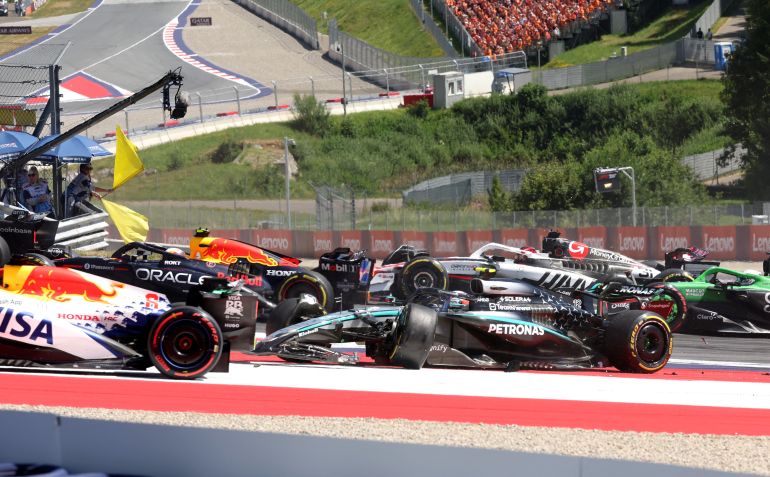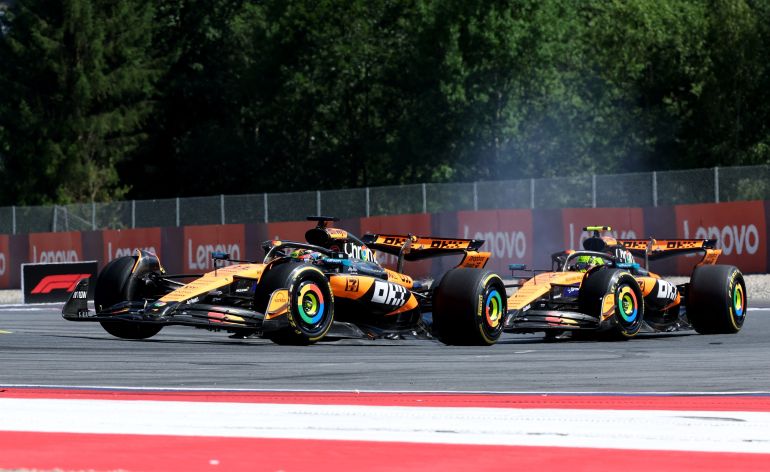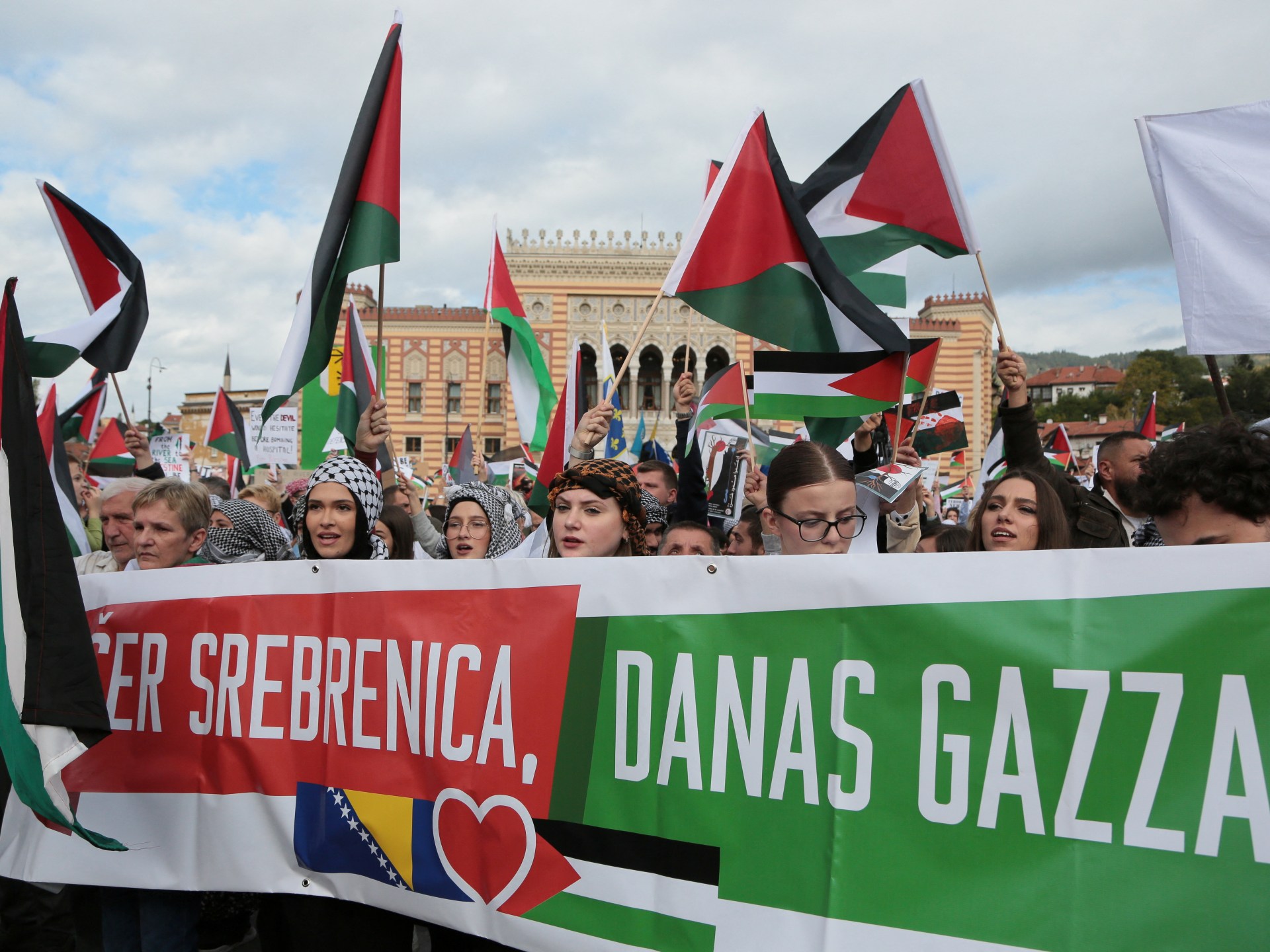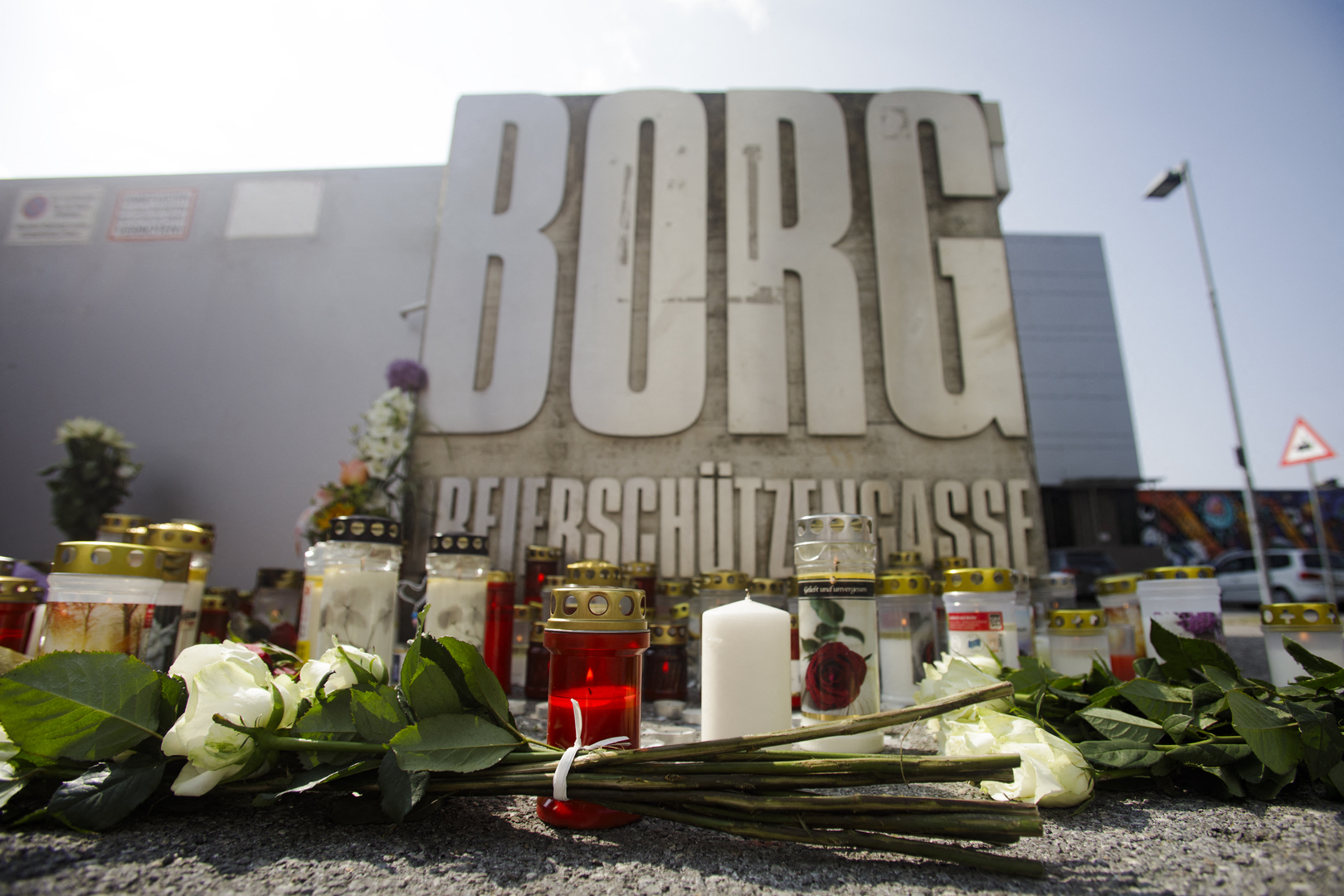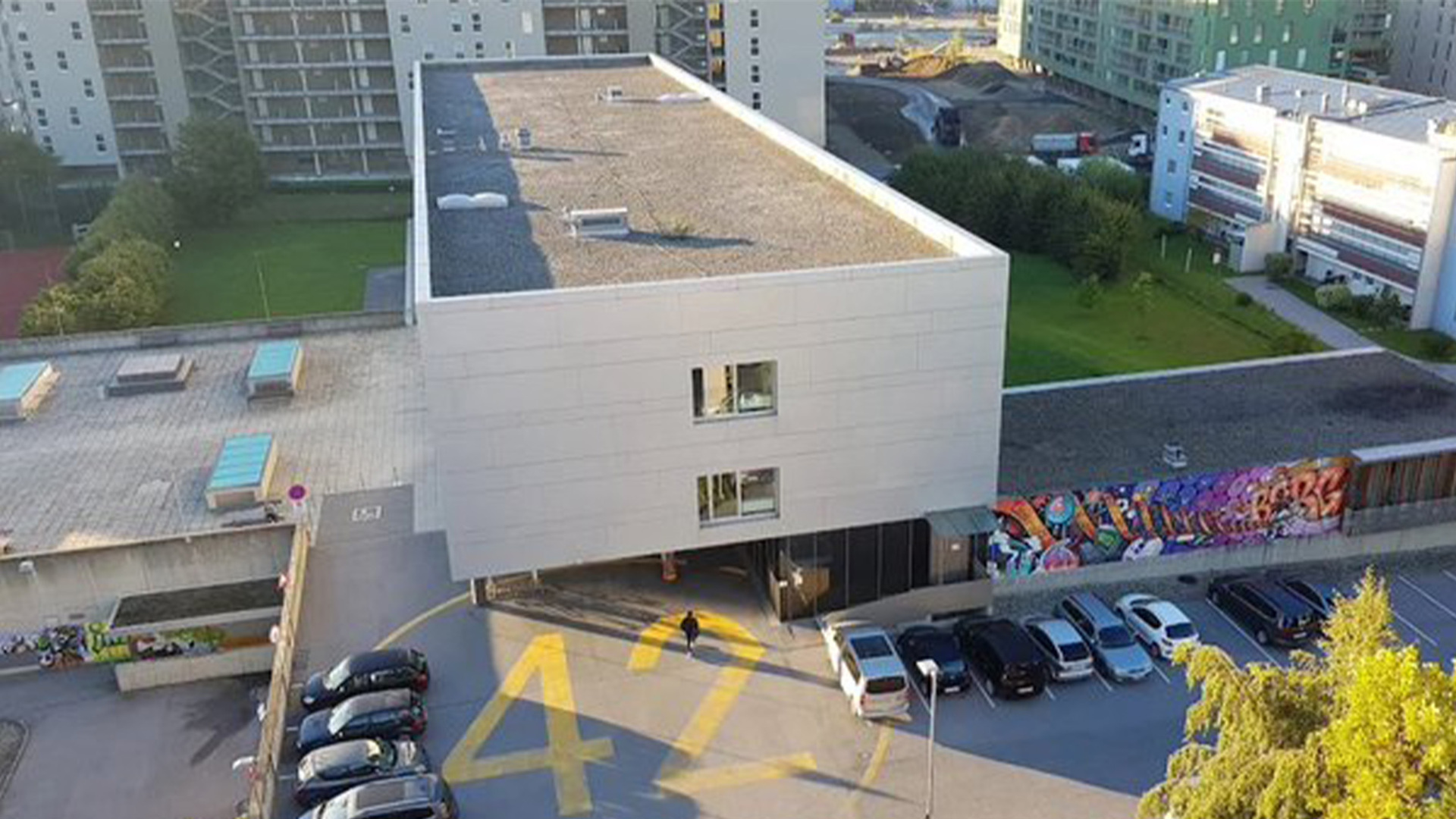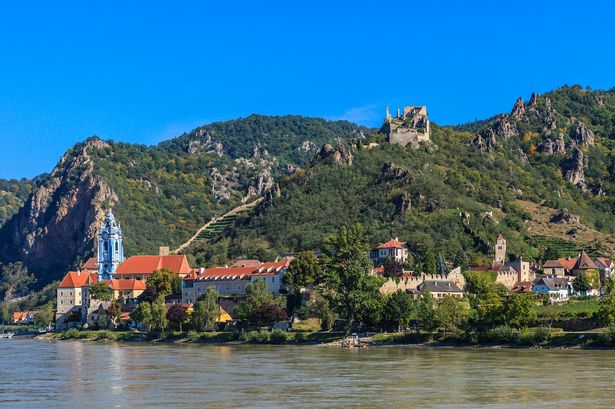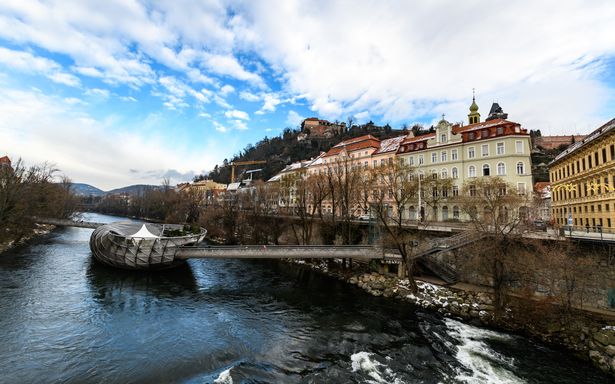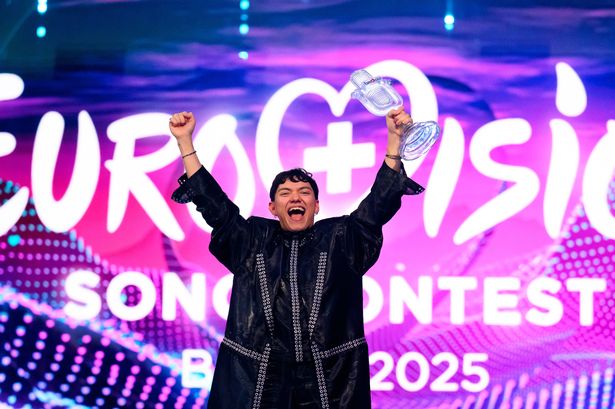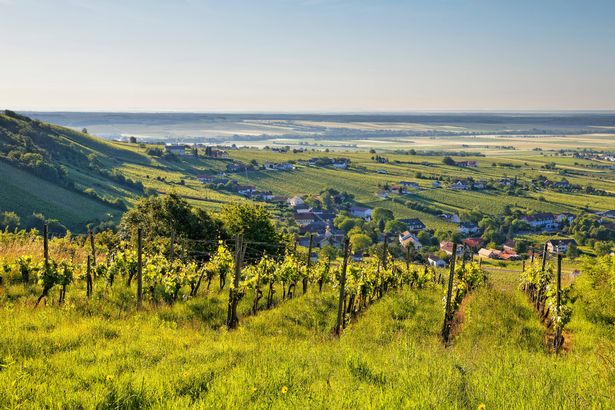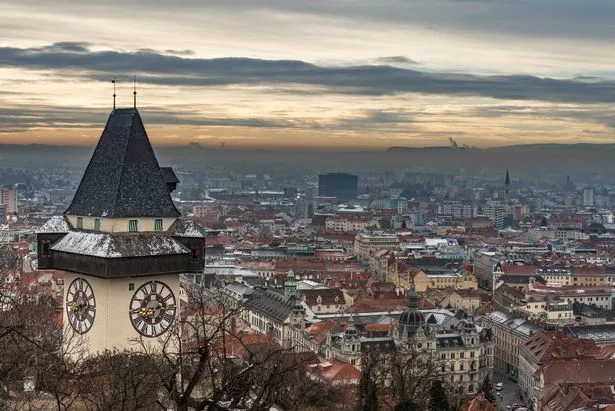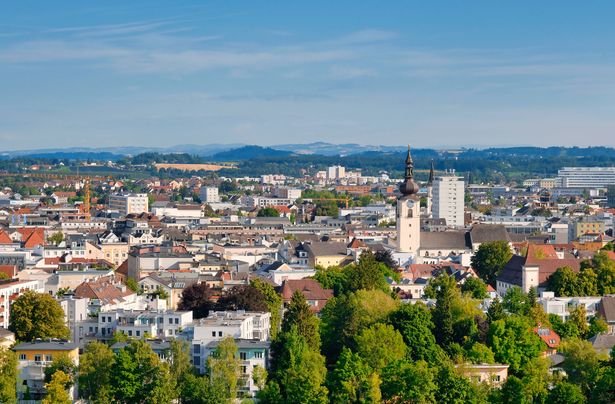Becki Enright has left London behind to move to the sizeable European city, which was once known for its grumpiness but has just been named the friendliest on the Continent
A Brit who swapped London for a European capital once known for grumpiness has explained why the city is actually one of the friendliest in the world.
In Vienna, the grizzly mood of locals is so renowned that there is not one, but two special words to describe it. One is ‘raunzen’, which means to grouch, crab, gripe, grouse or whimper fretfully, according to Langenscheidt.
The other is ‘Wiener Schmäh’ – what Brit Becki Enright describes as the unique kind of Viennese sarcasm and humour. “It can be hard to grasp and come across as blunt if you don’t quite get it,” the travel writer and guide explained.
According to Becki, the dark cloud that once hung over the Austrian capital has lifted, and its reputation as Europe’s grumpiest city is outdated. So much so, Vienna was just named the friendliest city in Europe by CNTraveller, which canvassed the opinions of half a million readers.
READ MORE: New £20 Ryanair route to beautiful city with 20C November weather and gorgeous beachesREAD MORE: I won’t let war stop me visiting Ukraine – I’ve watched rockets fall above my head
Becki swapped London for Vienna ten years ago and has fallen in love with the city of two million. She argues that it deserves the top spot because of how welcoming it is as a place to live in general, rather than specifically how the Viennese treat tourists and one another.
“The general sense of friendliness comes from how clean, accessible, safe and culturally rich the city is,” she explained.
“Every city has its highlights, so it’s hard to compare. But Vienna’s quality of life is a stand-out factor. Rents are typically cheaper, with an emphasis on being outdoors and enjoying nature that’s on your doorstep. There’s great infrastructure and an affordable public transport system. The cuisine is based on farm-fresh and locally harvested ingredients, supporting local producers. The arts and music are a way of life; you are never short of cultural events to attend.”
Despite being home to over a fifth of Austria’s nine million-person population, Becki has found the pace of life in Vienna to be calm. “It’s not a chaotic metropolis; things move at a much slower pace here. This slower pace is a blessing in some aspects of life, though it may require patience in others.”
The city is also green – both in the environmental and literal sense. The public transport system is extensive and cheap for all. Children under six travel for free, as do youth up to 15 years old during the school holidays and on Sundays. A raft of similar other initiatives has seen Vienna ranked as the “greenest” metropolis in the world.
It’s also covered in parks, which may be the secret to the city’s new friendly reputation. Studies have shown that access to vegetation-rich parks and increases both happiness and productivity, especially following the coronavirus pandemic.
“Half of Vienna is green space,” Becki continued.
“There are free-to-enter palace gardens (Schönbrunn and Belvedere). In the centre, you have the Hofburg castle lawns and the city’s first public park, Stadtpark (which opened in 1862). Across the Danube, you have the largest recreational park, Prater (a former imperial hunting ground), best known for its Würstelprater fairground.
“Vienna is also the only European city growing significant amounts of wine in its city limits, so you can easily jump on public transport and be at a vineyard, or take one of the city’s 14 hiking trails, many of which track through the circumambient Vienna Woods.”
When it comes to hanging out in the sunnier months, such as July, when the average daily high is 27 °C, the riverbank is the place to go.
“While you can’t swim in the Danube, Vienna makes the most of its waterside hangouts. The Danube Canal is lined with bars and boat restaurants and the beach bar (Strandbar Herrmann). The banks of the Danube tributaries are the warmer-weather recreational hangouts,” Becki continued.
“The Neue Donau (New Danube) riverfront has a sand bank recreational hangout Copa Beach. The Alte Donau (Old Danube) is where you can hire pedal and motor boats or SUP on the waters. It’s also home to the recreational island, Strandbad Gänsehäufel, with swimming pools, bathing lawns, a little beach area and restaurants. Then you have the Donauinsel (Danube Island), which hosts a free music festival each June, the Donauinselfest.”
As pleasant as relaxing by the water and in the parks may be, come the evening, it’s time to head inside for a bite and a drink. Becki recommends Leopoldstadt, especially the area of the Karmeliterviertel that spills around the food market, for “casual-cool and indie hangouts” and the recently trendy Beisl pub, contemporary restaurant Skopik and Lohn for schnitzel.
“The districts that spread from the well-known Naschmarkt are what I would say are the grungy-trendy downtown areas, with boutique, upcycled and second-hand stores and a great spread of nightlife. The most well-known neighbourhood here is the Freihausviertel in the 4th (next to the Karlskirche) – home to the city’s generational cafe concept, Vollpension,” she continued.
“The 7th district is the most bougie and creative – one of my favourite bars is Atlas, a Beisl- turned-gastropub spalshed with art, and which features an art-gallery space at the back. In the 9th district, the Servitenviertel neighbourhood is dubbed ‘Little Paris’ and is lined with food outlets – I’d start at the converted pharmacy turned bakery, La Mercerie for a coffee and pastry.”
There are two main ways to get to Vienna from the UK. A train from London to the city typically takes 13 to 17 hours and requires two changes, as there are, unfortunately, no direct services. The journey involves operators like Eurostar, TGV, and ICE or ÖBB, with services running from London St Pancras International to Vienna Hbf.
There are direct flights from airports in Manchester, Newcastle, Birmingham, London, Liverpool and Edinburgh, which take between two and two and a half hours, and are available for from £15 this month.
